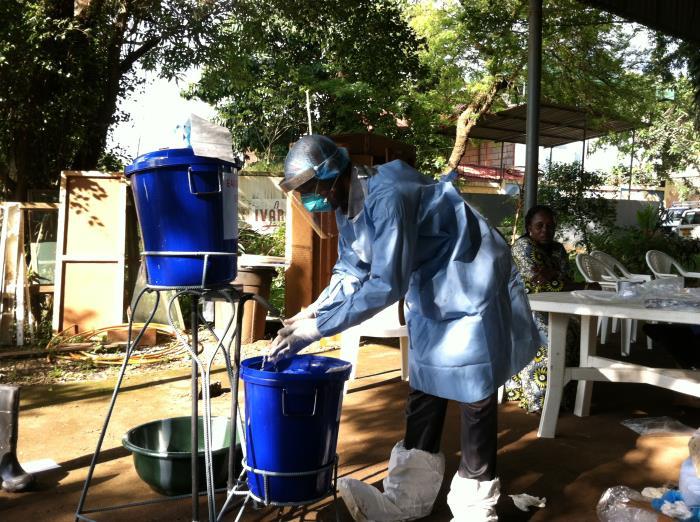Ebola Death Rates Vary Widely by Age Group

Young children who are infected with Ebola may be more likely to die from the virus than older children or adults who are infected, according to a new study.
In the study, researchers examined Ebola cases in children younger than 16 during the current outbreak in Guinea, Liberia and Sierra Leone, and compared them with adult cases. They found that the outbreak's death rate has been higher among younger children than among older children and adults.
The disease has killed about 90 percent of infected children under age 1, and about 80 percent of kids ages 1 to 4 who have been infected. Older children who have been infected with Ebola may have a much better chance of surviving, as the death rate has been lower — 52 percent — for children ages 10 to 15. Among children older than 15 and adults, the mortality rate was 65 percent.
"The very youngest of children — neonates —appear to have the worst outcomes from Ebola," study co-author Dr. Robert Fowler, an associate professor of critical-care medicine at the University of Toronto, said in a statement. (Neonates, or newborns, are babies younger than 1 month.)
There are a number of factors that may explain the high Ebola mortality rate in newborns, Fowler said. For instance, the youngest children are often heavily dependent on others to care for them, and their caregivers may have also been sick with Ebola. Younger kids may also be particularly prone to dehydration and metabolic abnormalities that result from vomiting and diarrhea, which are common symptoms of the disease.
To prevent dehydration, children need to receive a sufficient amount of fluids, which are usually administered intravenously when the children can no longer keep fluids down because they have been vomiting, Fowler said.
However, getting those fluids into the body by "placing intravenous catheters in young children can be challenging," he said. [Where Did Ebola Come From?]
Sign up for the Live Science daily newsletter now
Get the world’s most fascinating discoveries delivered straight to your inbox.
The study shows that Ebola affects young children differently from adults, study co-author Christl Donnelly, a professor at Imperial College London, said in a statement.
Therefore, "it's especially important that we get them [children] into treatment quickly," she said. "We also need to look at whether young children are getting treatment that's appropriate for their age."
The researchers were surprised by the relatively low mortality rate among children ages 10 to 15, said study co-author Dr. Christopher M. Dye, head of the World Health Organization's Ebola epidemiology team in Geneva.
"That has not been seen before for Ebola, and we have been able to uncover this partly because this large epidemic has generated so much data," Dye told Live Science. "Put another way, usually we expect to see higher case fatalities from infections only in the very youngest and the very oldest, but the pattern here is different."
The new study was published today (March 25) in the New England Journal of Medicine.
Follow Agata Blaszczak-Boxe on Twitter. Follow Live Science @livescience, Facebook & Google+. Originally published on Live Science.
Crop circles surround Iraq's multicolored 'Sea of Salt' after years of drought — Earth from space
Watch humanlike robot with bionic muscles dangle as it twitches, shrugs and clenches its fists in creepy video
'The parasite was in the driver's seat': The zombie ants that die gruesome deaths fit for a horror movie










